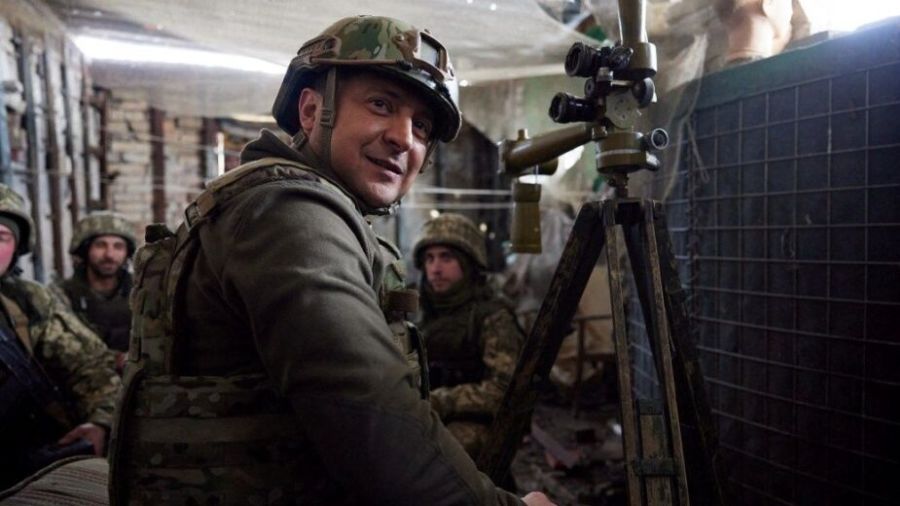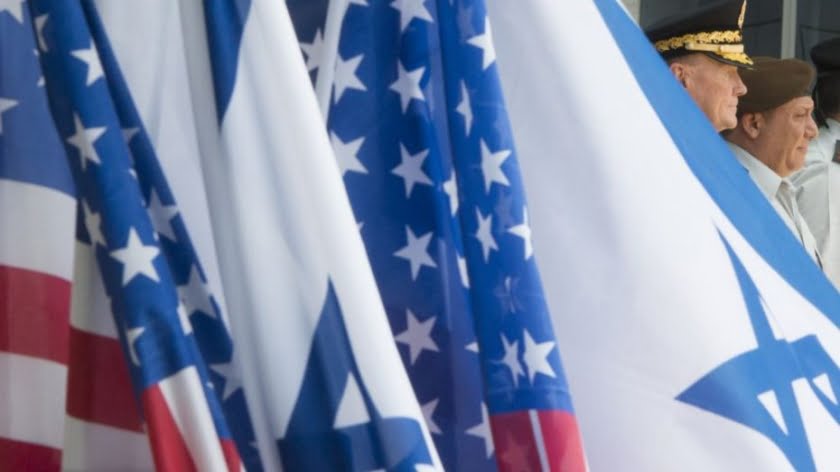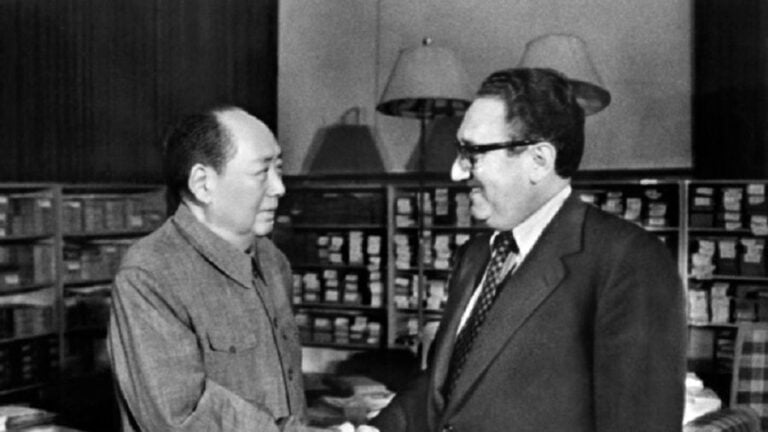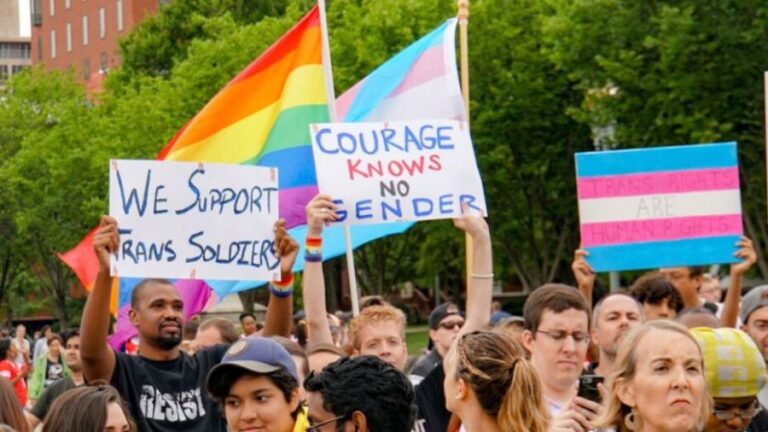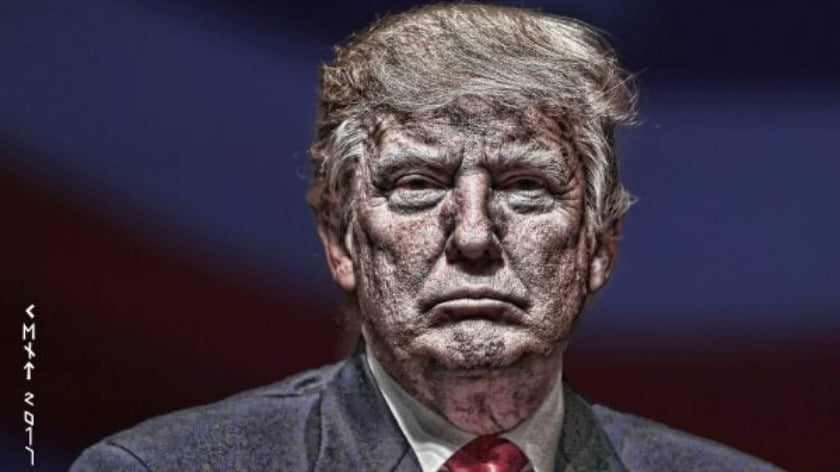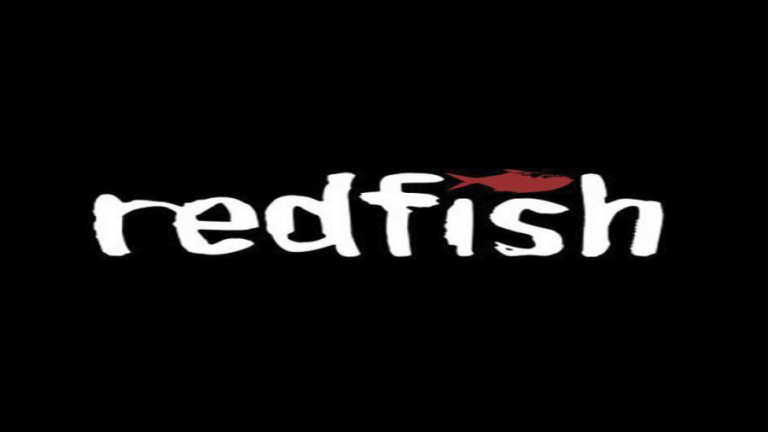Milestones of Ukraine’s Transformation Towards a Far-Right Puppet-State
The extreme right-wing nature of the Kyiv regime is the result of a long-term political transformation and its origins date back to before the WWII.
While Russia’s special operation in Ukraine continued, Western media launched an intense disinformation campaign in parallel with this operation. In this context, the nature of the Ukrainian administration, the neo-Nazi forces fighting against the Donbass and the facts about the background are being destroyed.
Although Western countries and media, especially the USA, have expressed the opinion that Russia’s operation is the result of a kind of “expansionism”, the attacks that intensified after the Maidan coup in 2014 and the extreme right-wing nature of the Kyiv regime is the result of a long-term political transformation and its origins date back to before the Second World War.
The historical figures who gave the Ukrainian administration its far-right and anti-Soviet/anti-Russian character are today remembered as “national heroes” throughout the country. The biggest common point of these names is that they have an extreme right ideology.
Among the names that Ukrainian nationalists consider as historical references, Simon Petlyura draws attention.
It is estimated that 35 thousand to 50 thousand Jews were killed in the pogroms organized during the period of Petyura, who was the leader of the Ukrainian People’s Republic, which was declared unilaterally between 1917-1921.
Petlyura, who was killed by Sholom Schwartzbard, a Jewish anarchist whose family was murdered in Odessa, is among the names seen as “heroes” by the ruling elite and Nazi forces in Ukraine.
In Vinnitsa, Western Ukraine, a monument to Petlyura was unveiled in 2017, and Vinnitsa Region Executive Chairman Valeriy Korovy claimed that Petlyura was “a man who loved his country dearly and tried to be honest with his people, and the Soviets did their best to discredit him.”
In the same period, a bust of Petlyura, who signed one of the bloodiest pages in the history of Ukraine, was erected in Kiev and a plaque was made in his memory in Poltava.
While the anti-communist and anti-Soviet political positions of the Ukrainian rulers were manifested in the mass murders of both Jews and communists in Ukraine, the start of World War II led to the strongest periods of the far right movements in the country.
The Organization of Ukrainian Nationalists (OUN), which was established to cooperate against the Nazi invaders, committed massacres not only in Ukraine, but also in Poland, Romania and Czechoslovakia.
One of the ideologues of the organization, Dmitriy Dontsov, was a “journalist” who translated Mussolini’s famous “Fascism Doctrine” and advocated “to stand together with Russia’s enemies, no matter who they are”.
It would not be an exaggeration to say that the Ukrainian nationalists, who act with the same attitude today, are the continuation of Dontsov. Because, just like Petlyura, Dontsov is among the “unforgotten” national figures in Ukraine today.
The memorial plaque ’in honor of Dontsov’, which was installed in the Ukrainian Ukrinform National News Agency building in Kiev earlier this year, proves the ideological continuity between the current administration and the Ukrainian right
Historical leader of Ukrainian nationalists: Stepan Bandera
After the division of the Ukrainian Nationalists Organization, which was established to cooperate with the Nazis, the Ukrainian Stepan Bandera, who led one of the wings of the organization, started massacres against the Jews by the Nachtigal Battalion he founded.
It is estimated that Bandera and his organization carried out about 140 pogroms in which a total of 13 thousand to 35 thousand Jews were massacred in various regions, especially in Ternopil, as the Nazi army progressed.
However, Hitler’s dictatorship, which opposed Bandera and his organization’s plans to establish an “Independent Ukraine”, arrested Bandera, who declared independence in 1941, and his deputy Yaroslav Stetsko and dissolved the organization.
Bandera and Stetsko’s re-emergence on the stage of history took place with the establishment of the “Ukrainian Insurgent Army” (UPA) during the retreat of the Nazis against the Soviet army in the Battle of Stalingrad.
During the Nazi retreat, the UPA carried out attacks in which 90,000 Poles and thousands of Jews, as well as many communists, were murdered and tortured.
Despite being an open-id Nazi collaborator, Bandera continued to be used against the USSR by Western intelligence units, especially the USA, until he was killed by the KGB in Munich in 1959.
Bandera’s deputy, Yaroslav Stetsko, who would later become one of the founders of the World Anti-Communist Union, was personally welcomed by the 40th U.S. President Ronald Reagan at the White House in 1983 and received the praise of “Your struggle is our struggle”.
Ukraine’s reversal: the rise of the right-wing in the post-Soviet era
The neo-Nazi structures that took the stage in Ukraine after 1991 became stronger after the color revolution in 2004 and the Maidan coup in 2014 and took steps to make Ukraine a ram head of NATO’s strategy to contain Russia. Taking these steps meant the dominance of a criminal climate that aimed to create ’social unrest’ throughout the country and change the power in favor of the West. All these were developments within the scope of the post-Soviet Ukraine’s strategy of ’returning Europe’.
In parallel with these developments, Ukraine adopted the EU-Ukraine Declaration signed on 2 December 1991. Again, Ukraine became the first former Soviet republic to sign a partnership and cooperation agreement with the EU in the political, economic and cultural fields in 1994. This new route that Ukraine drew after the USSR was an important step in the opening of Ukraine to exploitation through international companies, especially underground resources.
What ignited the process leading up to the Maidan coup d’etat was that the Ukrainian government of the time suspended the association process with the EU on 21 November 2013.
Maidan coup
The destruction of the statue of Lenin in Kiev on December 8, 2013 in Ukraine was a symbolic sign that Ukraine would never be the same again. Although an ’anti-corruption’ scenario was written in the Western media regarding the protests, which started during the former president Yanukovych’s reign, those who led the protesters who took to the streets were none other than nationalist figures.
The ’Social-Nationalist Party’, which was founded in the country in 1991 and resembles Hitler’s ’National Socialist Party’, later took the name ’Svoboda’, which means ’Liberty’, ironically.
This party, which is one of the most important actors of the Maidan coup, took an active part in the actions in 2014 with the youth organization ’Ukrainian Patriot’.
Founded in Ukraine in 2002 and later transformed into the Azov Battalion, the nationalist organization named ’Trizub’ (also the name of the weekly magazine published by Petlyura) was imprisoned when he and his supporters blew up the statue of Lenin and was released after the Maydan coup and entered the parliament. Nazi Andrey Biletskiy has become one of the symbols that best reflects the character of the Maidan regime.
On the other hand, Praviy Sektor, which was founded by Dmitry Yarosh, one of the directors of the Trizub, became one of the leading neo-Nazi organizations during through Maidan coup. Another important feature of Yarosh was his appointment as the chief adviser to the Chief of the General Staff of Ukraine.
The biggest supporter of the Maidan coup in the international arena was the USA. Victoria Nuland, Assistant Secretary of State for European and Eurasian Affairs of the U.S. State Department, even handed cookies to Ukrainian activists as the protests continued.
Nuland, who was involved in determining who will be in the new administration that will be shaped after the coup, said that the U.S. spent 5 billion dollars for Ukraine in the last twenty years. Nuland’s swearing at the European Union in a phone call with the U.S. Ambassador to Kyiv, Geoffrey Pyatt, was an indication that the U.S. even wanted to disable the EU in the Ukraine coup.
Another important indicator of why the Maidan coup was so much supported by the USA was the appointment of Hunter Biden, the son of today’s U.S. President Joe Biden, to the board of directors of Bursima, the country’s largest energy company.
The Western camp, led by the USA, used Ukraine against Russia during the Soviet revolution, during the Second World War, during the Cold War, and after the dissolution of the Soviet Union, and did not even hesitate to organize a coup in the country for this purpose.
The necessity of reshaping Ukraine with the Maidan coup was a very important pillar of NATO’s historical strategy of “containing Russia”, which was established against the “Soviet threat” that contradicted the political agenda of the USA in the post-Soviet period.
The first actions of the nationalist government established after the Maidan coup were to try to erase the Soviet past of the country and to make moves against the Russians living in the country within the scope of this strategy.
The Ukrainian administration banned Russian from the public sphere, statues of Nazi collaborators, especially Bandera, were erected, his birthday announced a public holiday, Red Army veterans and members of Nazi collaborator organizations were considered equal, neo-Nazi organizations were officially affiliated with the Ukrainian army, Communist Party and socialist organizations were banned, Its members were killed, and intense attacks were launched against Russian civilians, especially in the Odessa massacre, in which more than 40 people were killed.
The Russians, mainly living in the east of the country, built anti-fascist units with Anti-Maidan actions to protect against these attacks, and the “Novorossiya Federal State” consisting of Donetsk and Lugansk people’s republics was established.
Despite the Minsk protocol signed by the representatives of Ukraine, Russia, Donetsk, Lugansk and OSCE in order to achieve a ceasefire in the region, the Ukrainian forces continued their attacks on Donbass. Although this was one of the most important reasons for Russia’s military operation in Ukraine, it became one of the facts ignored by the Western media.
Especially starting from 2019, there has been a significant increase in the attacks of the Ukrainian army, which is armed by NATO countries, against Donbass, although it is not a NATO member. A large number of settlements under the administration of Donetsk and Lugansk were shot using weapons that were prohibited under the Minsk agreements. This was another important reason for the start of the Russian operation.
The fact that the vast majority of the attacks were carried out by the neo-Nazi forces affiliated with the Ukrainian administration is one of the most important factors in the Russian administration’s decision to “denazification”.
As the conflicts between Russian forces, Ukrainian troops and neo-Nazis continued within the scope of Russia’s ongoing operations, the information war initiated by the West in parallel with these conflicts was the scene of important sanctions against Russia, especially the Russian media.
While countless fake news are being circulated in this information war, the Western world is trying to portray the events as an invasion operation “suddenly started” by Russia, without showing the extreme right-wing nature of the regime it has built with its own hands and the human rights violations against civilians in the region.

